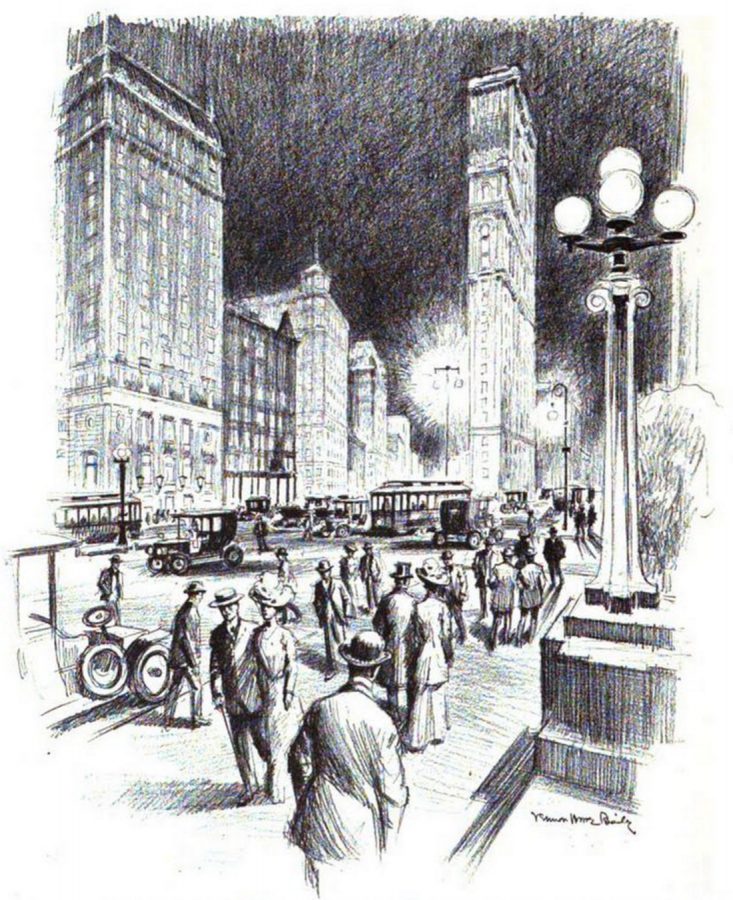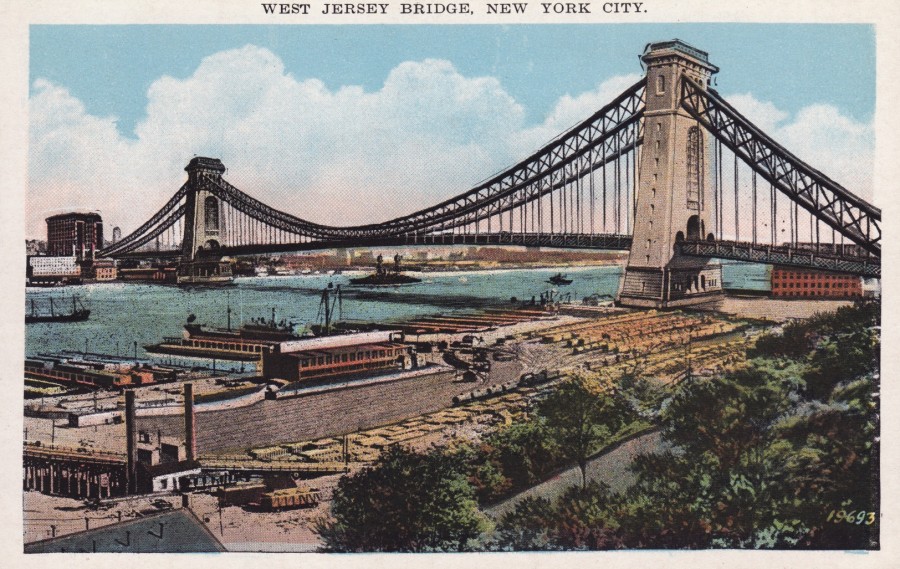Illustrations Of New York As Seen By Artists Around 1870
Part I – Demolished & Mostly Forgotten
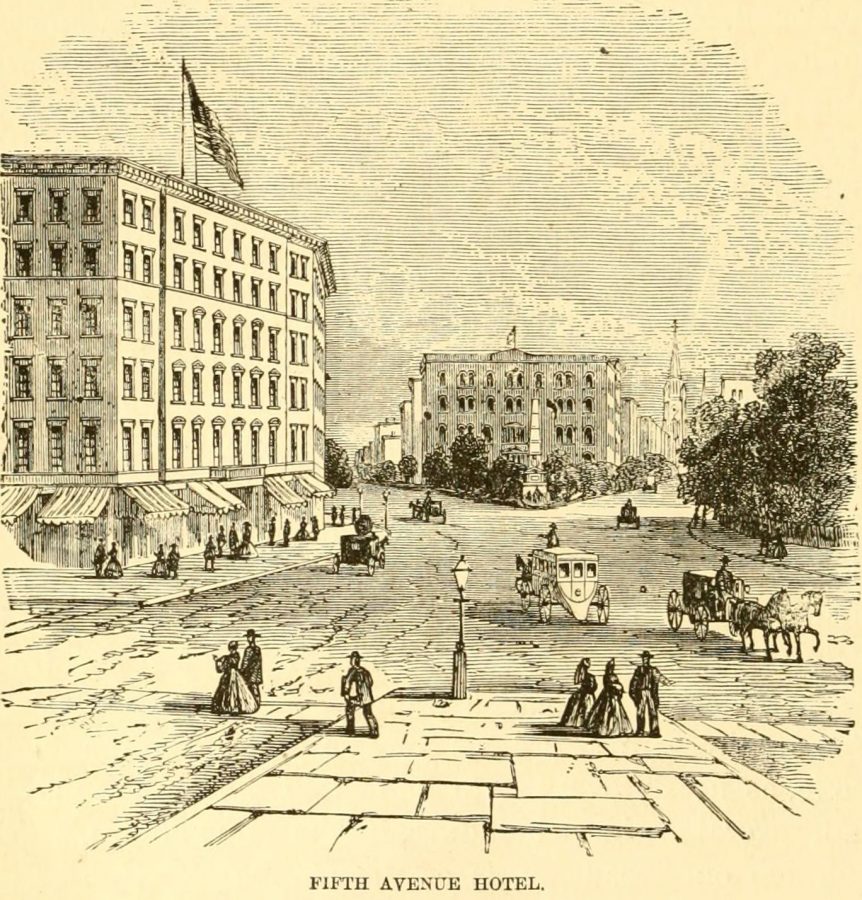
Intersection of Broadway and Fifth Avenue looking north towards the Worth Monument with The Fifth Avenue Hotel on the left (c. 1870)
Demolition of anything old goes on every day without regard for New York’s history. I believe a day will come when all the pre-20th century buildings not given landmark protection will be gone. Demolished in the name of progress. Real estate values rule, not history values. That’s always been the way of New York.
When a historic structure like The St. Denis Hotel is obliterated instead of renovated it is a shame.
I see more and more ordinary tenement and commercial buildings falling at an astonishing rate. So I look around trying to see vestiges of things my great-grandparents might have known and been familiar with.
What did they see?
Recently I took out my copy of Reverend J.F. Richmond’s New York and Its Institutions 1609-1871 (E.B. Treat; 1871) and started to re-read it. I had forgotten how many excellent illustrations were in the book. Belying the name, New York and Its Institutions is not solely focused only upon hospitals, asylum, charity and worship facilities. The book thoroughly covers other important sites and buildings with their respective histories. Though it was not written as a guide book, it essentially is one.
What my ancestors saw were these historic buildings which are now not even memories to most New Yorkers, most having been taken down over a hundred years ago,
Let’s take a look at what New York City looked like around 1871 and take in what the visitor and native New Yorker would have seen.
Part I – Buildings No Longer In Existence
 Very few lamented the loss of the old Post Office at the corner of Nassau and Liberty Street – — until they saw what replaced it in 1875.
Very few lamented the loss of the old Post Office at the corner of Nassau and Liberty Street – — until they saw what replaced it in 1875.
 The modest Police Department headquarters at 300 Mulberry Street was replaced in 1909 by a grand structure on Broome and Centre Streets.
The modest Police Department headquarters at 300 Mulberry Street was replaced in 1909 by a grand structure on Broome and Centre Streets.
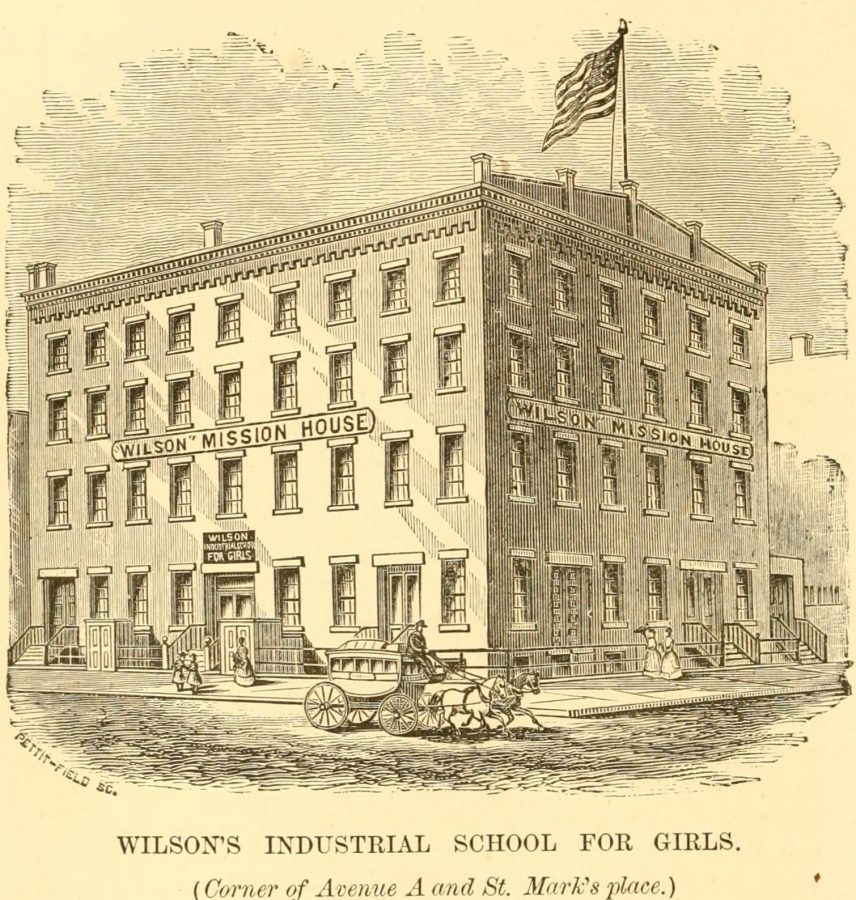 Wilson’s Mission House or Industrial School For Girls at 27-29 Avenue A corner of St. Mark’s Place across from Tompkins Square Park.
Wilson’s Mission House or Industrial School For Girls at 27-29 Avenue A corner of St. Mark’s Place across from Tompkins Square Park.
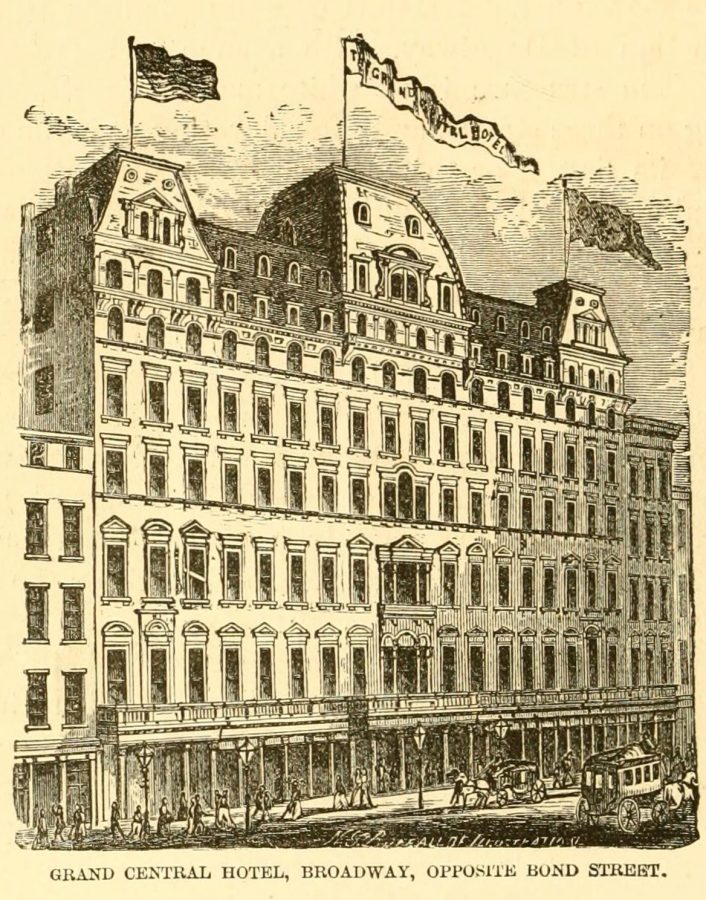 The Grand Central Hotel stood on the west side of Broadway opposite Bond Street between Amity and Bleecker Street. Illegal alterations caused a major collapse of the Broadway facade on August 3, 1973. Incredibly only four people were killed. The remaining section of the hotel was soon demolished. Continue reading →
The Grand Central Hotel stood on the west side of Broadway opposite Bond Street between Amity and Bleecker Street. Illegal alterations caused a major collapse of the Broadway facade on August 3, 1973. Incredibly only four people were killed. The remaining section of the hotel was soon demolished. Continue reading →







